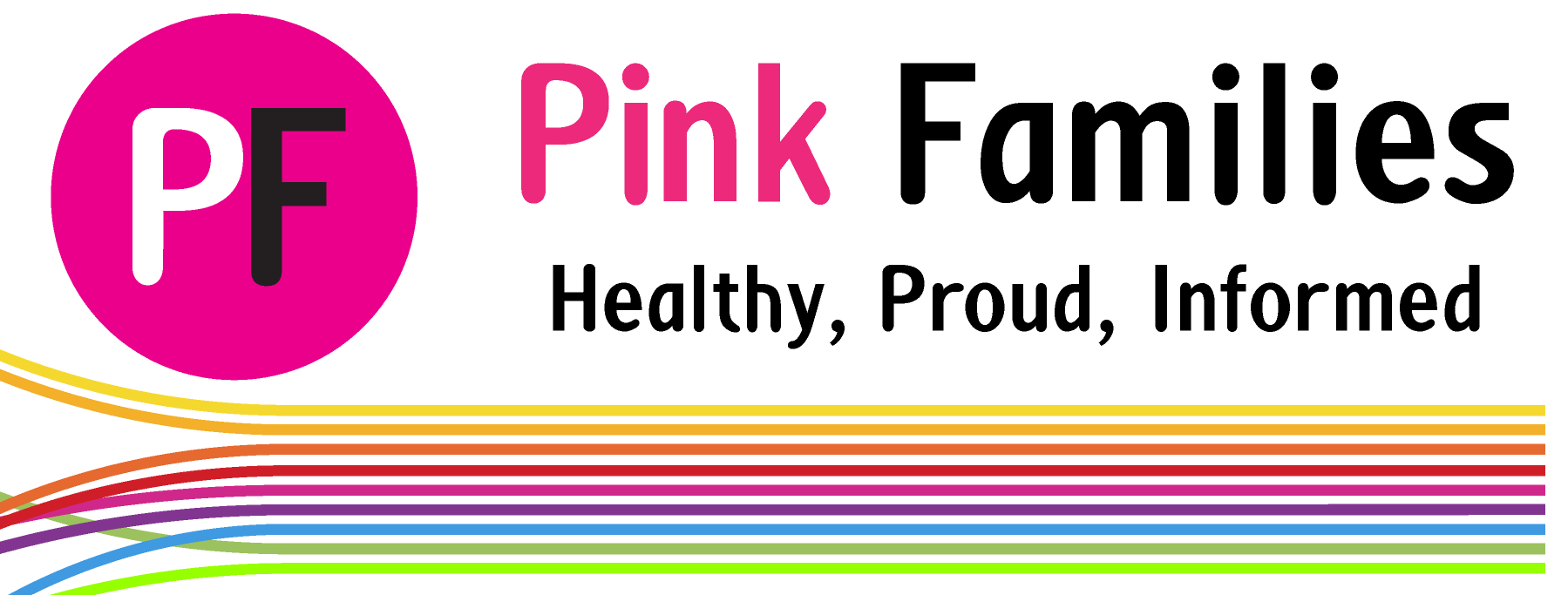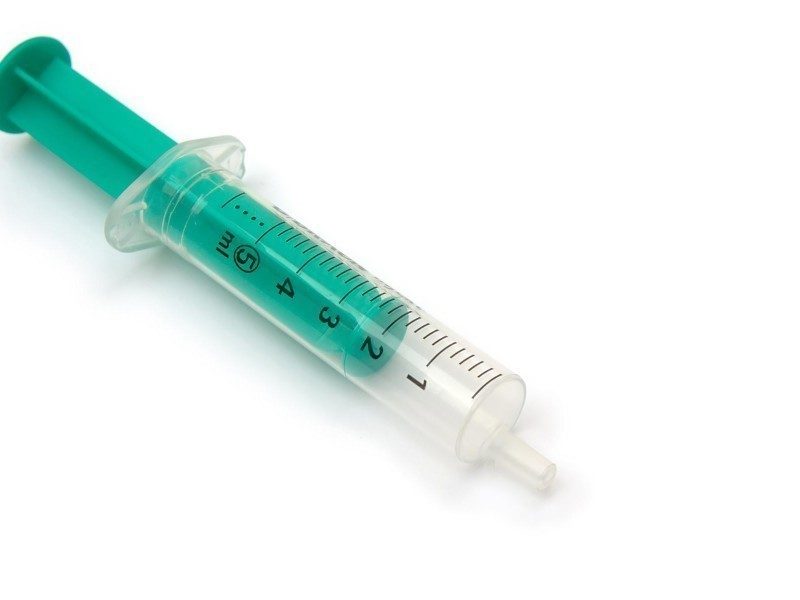What is donor insemination?
Artificial insemination is the deliberate injection of semen into a body in order for fertilization to occur. Artificial insemination is a way of getting pregnant without having intercourse. It involves using semen from a partner or donor.
Donor insemination is a broad term covering fertility treatment using donor sperm. When donor insemination takes place fertilization occurs inside the woman’s body (in vivo). The semen is introduced to the uterus (IUI), cervix (ICI), or vagina (IVI).
The semen that is injected may be fresh or it may be frozen semen which has been thawed. Where donor sperm is supplied by a sperm bank, it will always be quarantined and frozen and will need to be thawed before it is used.
When donor insemination is done without the assistance of a clinic, it is usually injected through the use of a needleless syringe.
In a clinic, donor insemination can be done with the use of drugs to boost egg production before the sperm is transferred. This is referred to as stimulated donor insemination.
A major decision that lesbians need to make when deciding to become pregnant is whether to use sperm from someone they know or someone they don’t know.
How many people use donor insemination?
The Centers for Disease Control and Prevention (CDC) collects data on all assisted reproductive technologies (ART) procedures performed in the US. ART includes fertility treatments in which both eggs and sperm are handled in the laboratory. It includes IVF, for example, but unfortunately it does not include data on procedures where only sperm are handled.
Therefore, the CDC does not collect data on intrauterine insemination (IUI). Nevertheless, in the US in 2009 ART procedures resulted in 45,870 live-birth deliveries and 60,190 infants.
In the UK, there is an independent regulator who oversees all treatment and research that uses gametes and embryos. A gamete is a cell that comes together with another cell during fertilization. An embryo is an entity in its early stage of development. This regulator is called the Human Fertilization and Embryology Authority (HFEA).
The information from the HFEA can help us understand the success rates of donor insemination and how often it is used. According to the HFEA, 70 clinics licensed by the HFEA performed donor-insemination treatment in the UK in 2010-2011. A total of 1,028 cycles of donor insemination were performed in women who registered with a female partner. This resulted in 141 live births and 152 babies being born.
References
Centers for Disease Control and Prevention, American Society for Reproductive Medicine, Society for Assisted Reproductive Technology. 2011. 2009 Assisted Reproductive Technology Success Rates: National Summary and Fertility Clinic Reports. Atlanta: U.S. Department of Health and Human Services. 1-602.
Human Fertilisation & Embryology Authority. 2012. Fertility Treatment in 2011: Trends and Figures. London: HFEA. 1-39.
This is a hilarious parody of attitudes that some people have towards lesbians using home insemination, released by Lesbilicious. We cried with laughter!


